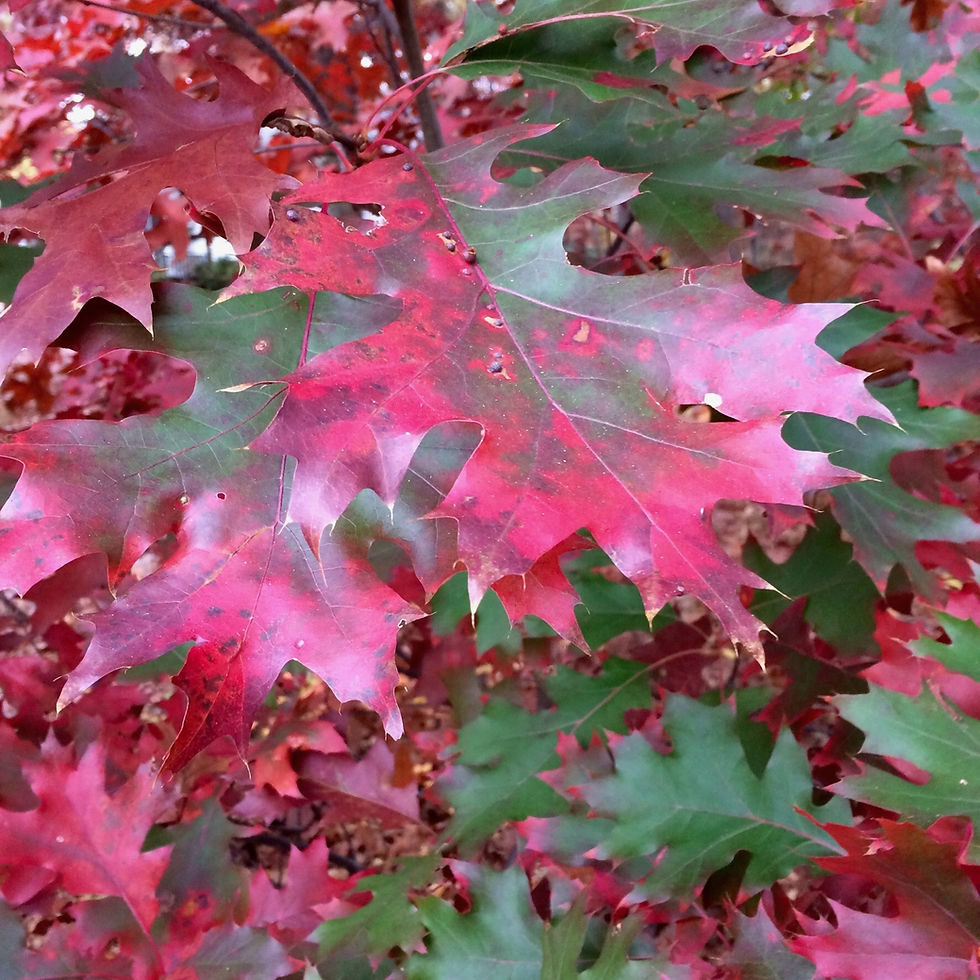Native Plant of the Week: Common Evening Primrose
- Kimberly Simmen
- Jan 28, 2024
- 1 min read
Family: Onagraceae
Name: Oenothera biennis
Bloom Time: August - October
Flower: Yellow
Soil Condition: Dry, average
Light: Sun, partial sun (morning)
Height: 3-5' tall by 2-3' wide
Native Range: Eastern and Northeastern United States including Long Island
Zone: 4-9
Photos (KMS Native Plants): first-year rosette, second-year flower
Common evening primrose opens in the evening and closes in the morning when the sun touches the flowers. it is a biennial meaning it has a two-year life cycle. The first year it is a low-growing rosette of green and the next year it flowers. It will self-sow readily in the garden so you will always have it. It is great in a naturalized garden as it tends to go where it wants to be. The dried and empty seed pods are great for dried arrangements.
Maintenance: Remove seedlings and seed pods to control the spread.
Benefits: Great nectar source. Fertilized by night flying moths and bees, including specialized bees, and hummingbirds in the early morning. Birds eat the seeds. Black walnut tolerant. Tolerates clay soil. Host plant to several moth species.
Fun Facts: Clinical studies have shown that the oil from the seeds can help treat eczema, asthma, migraine headaches, heart disease, high cholesterol, inflammation, PMS, breast problems, multiple sclerosis, diabetes, rheumatoid arthritis, and alcoholism. Indigenous people use the root to make a tea for obesity and bowel pains and a poultice for sore muscles and bruises.
Companion Plants: Monarda fistulosa (wild bergamot), Echinacea purpurea (purple coneflower), Schizachyrium scoparium (little bluestem), Asclepias tuberosa (butterfly weed)
=============================================================
References:















Comments